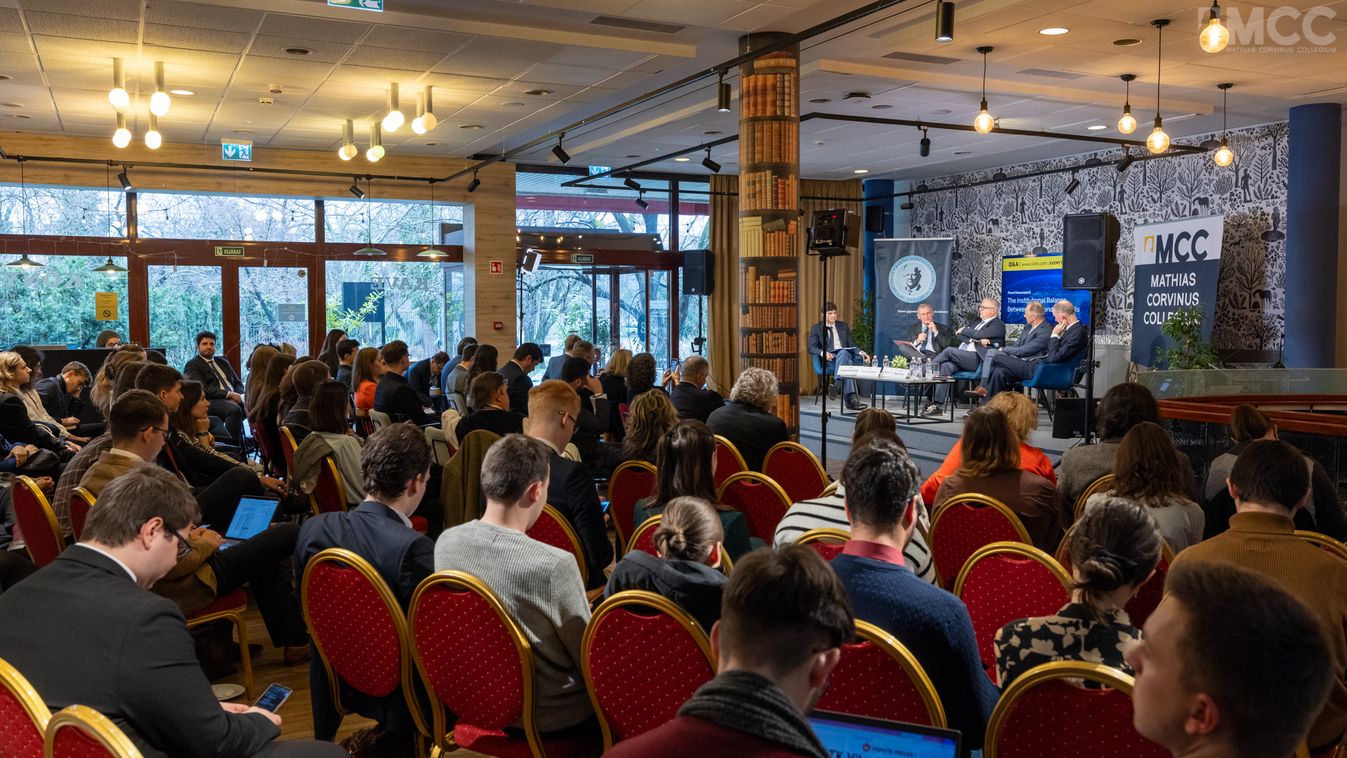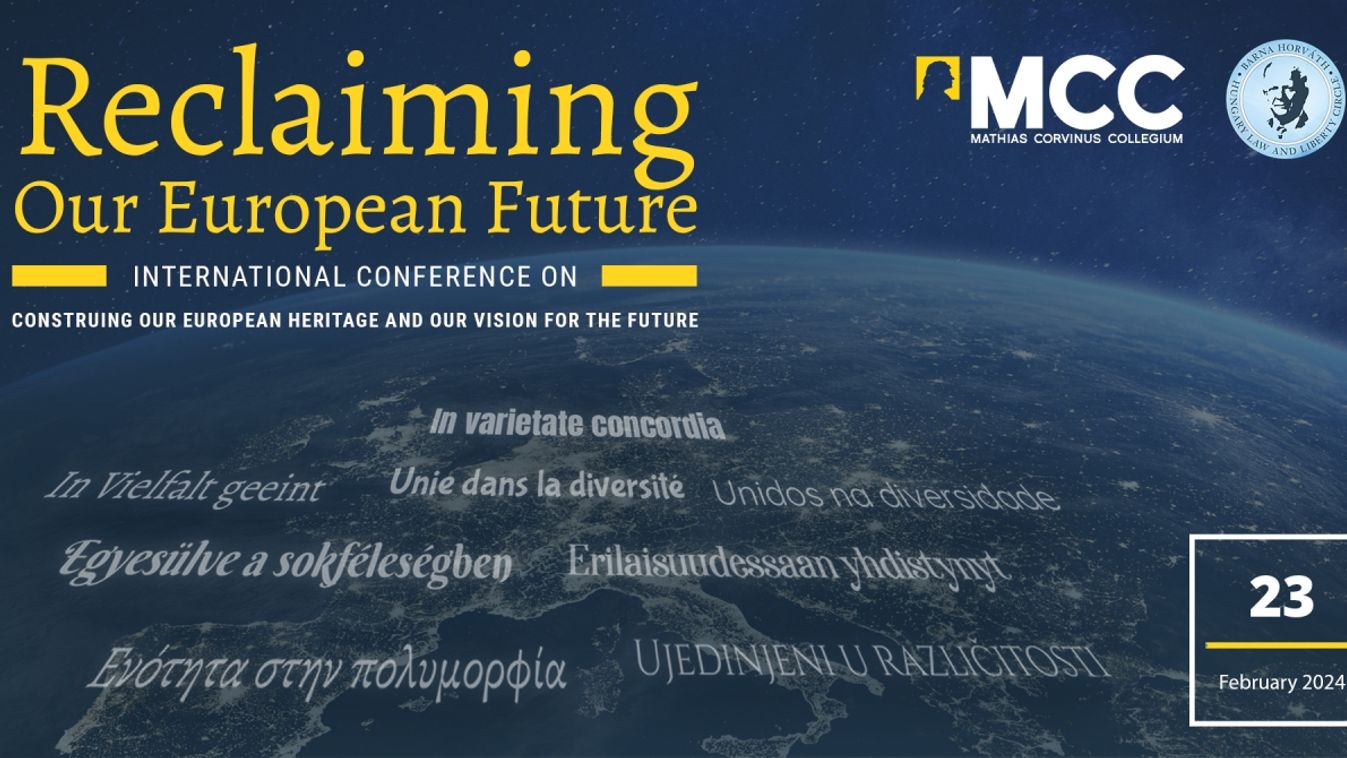Lorena MATHIEN (Ph.D.) associate professor of the State University of New York at Buffalo (UB). She received her Ph.D. from UB in Operations Management and Strategy (minor: Management Information Systems), her MBA with a concentration in International Business from UB, and her BS in Marketing Management from Syracuse University. She maintains her CPIM (certified in production and inventory management) certification from APICS (American Production and Inventory Control Society) and her PMP (Project Management Professional) certification from PMI (Project Management Institute). She has over 20 years of industry experience and independently contracts on smaller projects with local companies.
In the past decades, the world has witnessed the rising importance of transnational corporations along with global supply chains. What in your view have been the main consequences of this phenomenon for businesses?
Pre-pandemic globalization was a strategy to increase competitiveness and lower costs. Utilizing overseas production and suppliers creates flexibility in the supply chain, but with it also comes with increased risk. Over-reliance on a country or region for manufacturing or supply can result in heavy impacts by macroeconomic shocks.
Amid the pandemic,
we witnessed the vulnerabilities in the supply chains of most firms,
especially those that manufactured or procured product from overseas. This could be seen in the surge of demand for household and medical goods during the beginning of the COVID-19 pandemic. This past year has seen record imports at all U.S. ports during, with demand outstripping supply. The ports have been overtaxed due to record high imports combined with lost productivity at the ports due to COVID illnesses and restrictions. This will likely force manufacturers to rethink their supply chains and increase their operational efficiency.
What are the trade-offs of the competitive advantage of worldwide long supply chains? Have they weakened national economies and if so in what sense? Could you highlight this dilemma with a concrete example?
The trade-offs that come with globalization extend throughout the supply chain, at all levels. While the benefits may include lower costs and increased profits,
the disadvantages include loss of locus of control,
especially those suppliers deeper in the supply chain. In addition, increased reliance on a supplier in a single country or a region increases geophysical and political risks. Firms need to weigh the benefits of these longer supply chains versus the risk of supplier failure throughout the chain.
Currently, national economies are interdependent as a result of intense trade and tariffs, all of which can have significant repercussions. Global brands are pervasive. Take a walk down Michigan Avenue in Chicago and you will find the same brands and chains as any other major shopping district in any other city around the world. Poor quality products manufactured globally may leave little room for the small mom and pop and regional craft businesses. What we are seeing now though is a shift in consumer awareness. There is increasing demand for local and regional, high-quality products. This is especially noticeable in urban America. More people are seeking regional luxury goods over cheaply manufactured globalized ones.
Certain industries are so cost sensitive that manufacturing abroad is a necessity. I have a close friend who owns a major wicker company in Chicago. Previously, he sourced all products from China due to the low labor costs. In time, he moved to production of the soft goods such as cushions, umbrellas and curtains to his facility in Chicago due to the high variety and customization of these items. What he found is that the Chinese facility was not able to provide the flexibility needed for the broad product offering. By having the mix of low-cost labor abroad for the furniture and the higher-skilled labor locally for the textile goods, he has been able to remain highly competitive in the market.
The outbreak of the coronavirus pandemic has led to significant disruption in various global supply chains. Many countries nationalized the control of the production and distribution of medical supplies, directing all production for domestic use. This revealed some of the weaknesses of outsourced productions. What are in your view the major lessons learnt?
While Covid19 is one of the most significant shocks that global supply chains have faced, the fact is that the world has seen more shocks due to factors such as global warming and cyber-attacks. We have spent years creating complex, global networks, designed for costs and efficiency, without regard to what could happen. COVID-19 has had a major impact on the ability to procure products from overseas, but also within the national supply and value chains as well.
Companies need to understand where their supply chain weaknesses lie and build in resilience.
There are many ways to build resiliency into the supply chain, from sourcing to design. They need to look at vulnerabilities in the high-risk areas such as geophysical reliance, climate change, and data security, in particular.
What are the most vulnerable supply chains from this perspective?
High-tech companies such as mobile communication are very vulnerable to shocks. Since the majority of components are sourced from Asia, this exposes the industry to geophysical risks discussed earlier. In addition, being a high-tech supply chain with much intellectual property, the industry is also exposed to cybersecurity risks.
The pandemic brought the vulnerabilities of the global supply chains into light. Industries such as healthcare and shipping have become cyber-attack targets. We have seen the pandemic destroy economies, and the recovery ahead is far off. This will likely mean an increase in profit-seeking cyber-attacks in the years to come.
From a broader perspective, we can also witness renewed efforts to realign global supply chains closer to home countries. For example, the US-China trade war already pushed companies to explore options elsewhere than China. The French president also announced his commitment to relocate strategic production sites in France. Protecting economic sovereignty is on the rise. How do you see this trend and its effects on supply chains?
In the U.S. we saw renewed debate about near-shoring and re-shoring with the election of President Trump. The Covid19 pandemic has reignited this debate. We witnessed the impact of overreliance on China as a manufacturer and supplier. This is once again prompting companies to examine the movement of production to reduce supply chain risk by decreasing the exposure to unforeseen overseas disruptions and streamlining logistics. In addition,
certain industries may benefit from re-shoring and near-shoring via closer quality management controls and a more-skilled workforce.
Something to bear in mind though, a mass exodus from China is highly unlikely. To move production or procurement, firms must have access to comparable facilities and reliable infrastructure in the alternative market. In addition, idiosyncratic relationships and technological knowhow that have been built over the course of many years are not easy replicated.
What we will likely see is a longer-term supply chain shift.
We have already started to see the shift of high-labor work from China to other countries such as Vietnam, India, and Mexico. I anticipate companies and countries will continue this trend; it just may not be so evident since it is more of a long-term strategy.
How, in your view, could this longer-term supply chain shift affect business in Europe as well as the European, especially the Central-European region?
In my western viewpoint, I see EU Member States’ relations with China as very diverse and full of individual priorities created by bilateral interactions, with Germany and France as the most influential players. China dominates these interactions. I think a joint EU policy framework is needed to rebalance the relationship with China.
In addition, establishing a new supply chain requires much time and investment, so while labor may be cheaper elsewhere, unit costs in the new country need to be accounted for, which often end up being higher. Thus, considering moving is not the same as actually moving.
China has a firm hold on certain industries, such as electronics, keeping efficiencies unparalleled.
Firms tend to move assembly rather than production first. If the E.U. wants to play the game, they need to cohesively learn the Chinese rules of the game.
Many are of the opinions that economic globalization began to decline and digitization could provide new opportunities with businesses. How do you see this trend?
I think many people assume that digitization equals automation, which in turn, equals loss of jobs. What I think is that the world is extremely complex, and that is not happening anytime soon.
Digitization has boosted economic growth in two main ways.
First, companies have seen a major reduction in transportation and communication costs. Second, many new careers, such as data scientists, have emerged. What is critical is to stay ahead of the trend and capitalize on its potential.
Nike is a great example of the use of digitization to its advantage via a digital supplier network. Early in the pandemic, they were able to view their contract manufacturing and inventory network, and reroute in-transit goods to e-commerce warehouses. They did this in conjunction with a shift in their marketing strategy to focus on in-stock products. This agility buffered the impact on their sales.
Finally, the digital communication tools have fostered research advances, like those we have seen with the COVID-19 vaccines. Many fields such as medicine and surgery, transportation, manufacturing, and services are all seeing research advances as well. Because we live in a digitally connected world, we are able to provide products and services around the globe, even to developing nations.
Increasing number of businesses accept the concept of the “purpose-driven company”. What are in your view its major advantages and pitfalls? How can companies remain competitive while also looking at a wider horizon and assuming corporate citizenship?
The “purpose-driven” trend is really nothing new. We have seen it under the umbrella of corporate responsibility for many years, and now rebranded. As the social and physical environment changed, and as consumers demanded more transparency in product sourcing, being profitable was no longer enough.
Being purpose-driven is about doing no harm and ensuring that stakeholders are seeing the greatest possible benefits.
For many companies, the most significant impacts on the environment and the stakeholders are a result of the supply chain. Environmental efficiency has become part of the corporate strategy at many firms, as management aligns their core values with the vision and mission of the organization. Using this strategy to guide performance and then measuring this performance, can help deliver competitive advantage. This is why environmental performance, through reduction of their carbon footprint, has become a major objective in many supply chains.
This ties back to digitization, as we discussed earlier. Data collection must occur throughout the supply chain. There is a saying,
“That which gets measured gets managed.”
Digital technologies foster the collection of this data through collaboration and visibility. I think you will see this purpose-driven trend increase along with the escalation in digital ecosystems, all resulting in improved customer experience.
With regards to corporate citizenship, we saw some interesting examples during the COVID-19 pandemic, as businesses rapidly flexed their supply chains, furniture and apparel companies shifted production to PPE, distilleries began to manufacture hand sanitizer, and automobile manufacturers produced ventilators.























